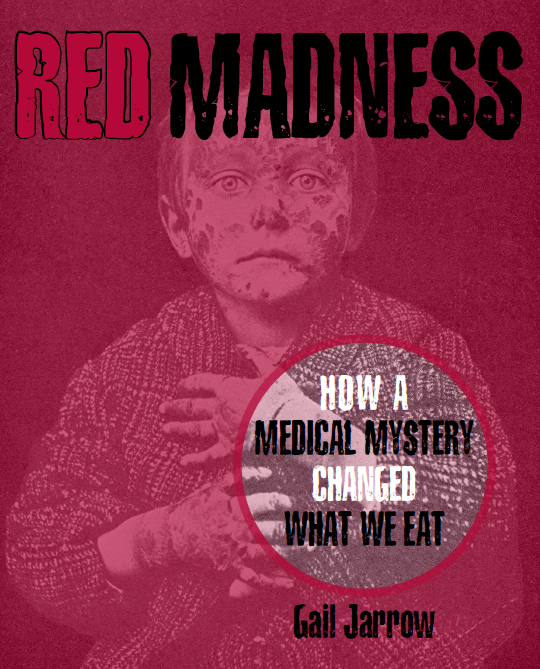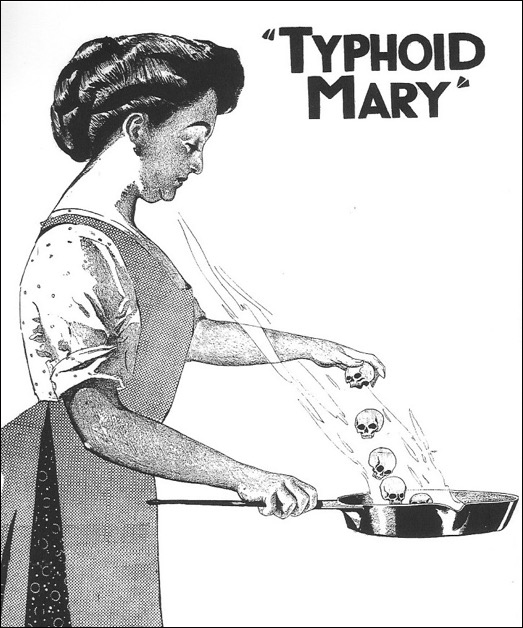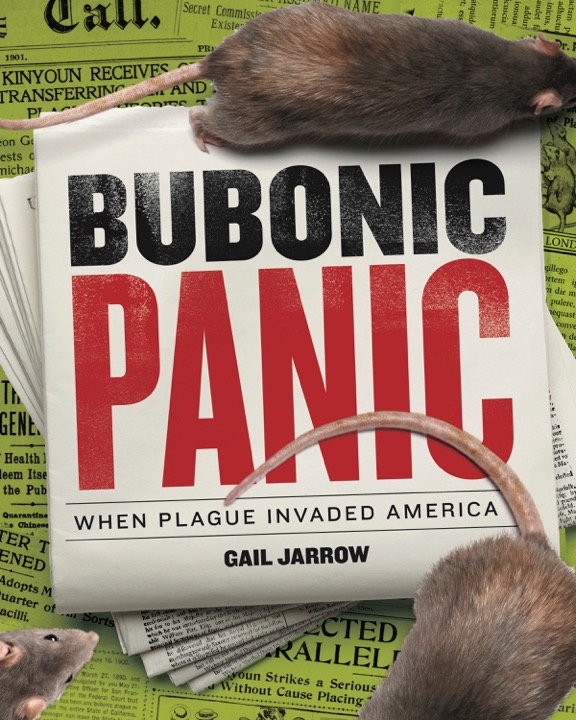TeachingBooks.net is delighted to welcome award-winning author Gail Jarrow as our featured guest blogger.
Each month, we ask one distinguished author or illustrator to write an original post that reveals insights about their process and craft. Enjoy!

Writing About Deadly Diseases: the Mysterious, the Surprising, and the Gruesome
by Gail Jarrow

Blistery red rashes and hallucinations, lethal germs in food, flea bites that kill— these are all subjects that have captured my attention, and I hope will grab readers’ attention, too. Intriguing medical stories speak to my background in zoology, an interest in history, and experience teaching middle school science. As an author, I get to be a sleuth—searching for hidden details and fascinating images to illustrate my books; I never know what remarkable material I’ll uncover next.
I began my “Deadly Diseases” trilogy (for secondary students) after I stumbled across a physician’s account of a mysterious disease that sickened millions of Americans during the first half of the 20th century. Pellagra cursed its victims with disfiguring rashes, insanity, and death. No one knew what caused it or how to treat it. Today, few people have ever heard of this devastating disease. How and why pellagra disappeared and was forgotten—I had to find out.

The answer was astonishing. In 1914, within just four months, Joseph Goldberger, a U.S. Public Health Service doctor solved the puzzle that had vexed the European medical profession for hundreds of years. In Red Madness: How a Medical Mystery Changed What We Eat (Calkins Creek 2014), I reveal how he determined pellagra’s cause and cure. His discovery affects the food you put into your mouth every day.
Food also plays a key role in the trilogy’s second book, Fatal Fever: Tracking Down Typhoid Mary (Calkins Creek 2015). In the early 1900s, typhoid fever was among the top five fatal infectious diseases in the United States. It struck hundreds of thousands of Americans each year, causing great suffering. We use the name “Typhoid Mary” to refer to someone who spreads disease, yet is immune to the danger. Was there a real “Mary,” or is she a myth?

My curiosity led me to old medical journals and newspapers, dusty court records, census reports, letters, and memoirs. I learned about the professional cook who unknowingly infected her employers and their families with lethal typhoid germs, the disease detective who tracked her down, the dedicated health department doctors determined to protect the public, and a surprising connection to my hometown of Ithaca, New York.

Bubonic Panic: When Plague Invaded America (Calkins Creek 2016), is the final book in the trilogy. The statistics on the Black Death of the 14th century are shocking; the pandemic wiped out about a third of the population of Europe and the Middle East. I always thought that the plague was a disease of medieval times. Boy, was I wrong!
As part of my research into pellagra and typhoid fever, I read U.S. government reports from the early 1900s. I noticed telegrams and official alerts about plague outbreaks. The disease was killing millions of people in China and India, and had begun spreading across the globe.

America didn’t escape. In March 1900, a man died of the plague in San Francisco’s Chinatown. He was the first person to be infected in the United States, and he would not be the last. Bubonic Panic tells the story of the health officials who struggled to contain the gruesome disease and prevent a national epidemic. They weren’t entirely successful. Carried by fleas, the disease escaped into wild rodent populations of the western states. Every year it infects several unsuspecting Americans.
The stories of these three deadly diseases haven’t ended. Pellagra, typhoid, and bubonic plague still strike many people throughout the world. Scientists don’t fully understand how and why these illnesses sicken humans. Researchers are working on better treatments and preventatives. When it comes to writing about disease, the past is only the beginning.
Text and images are courtesy of Gail Jarrow and may not be used or reproduced without her express written consent.
Listen to Gail Jarrow introduce her name.
Gail Jarrow introduces and reads an excerpt from Fatal Fever.
See all available resources about Gail Jarrow on TeachingBooks.

Leave a Reply